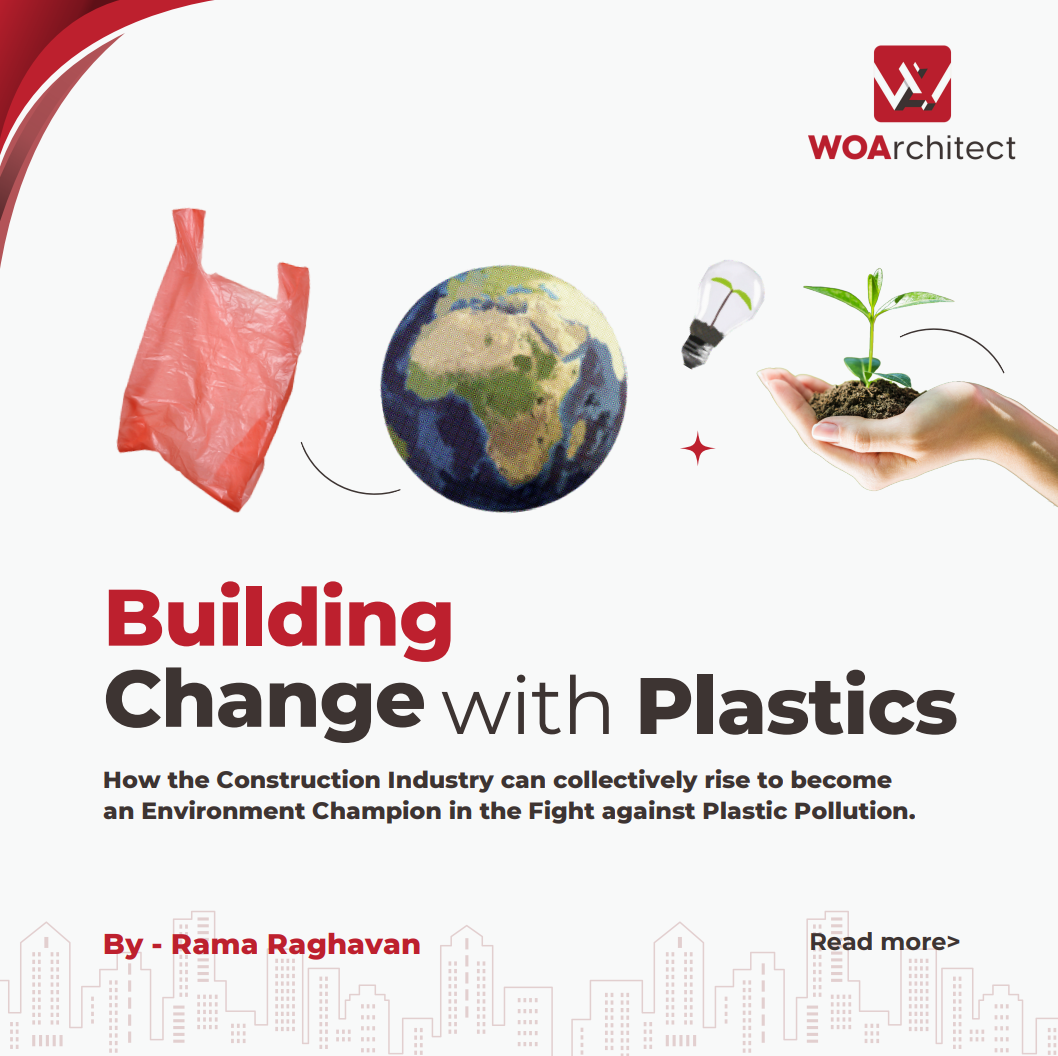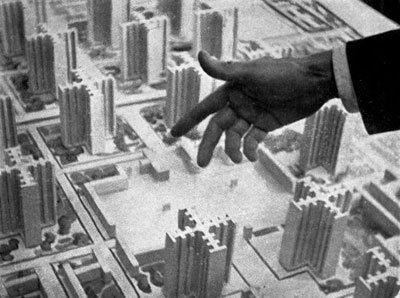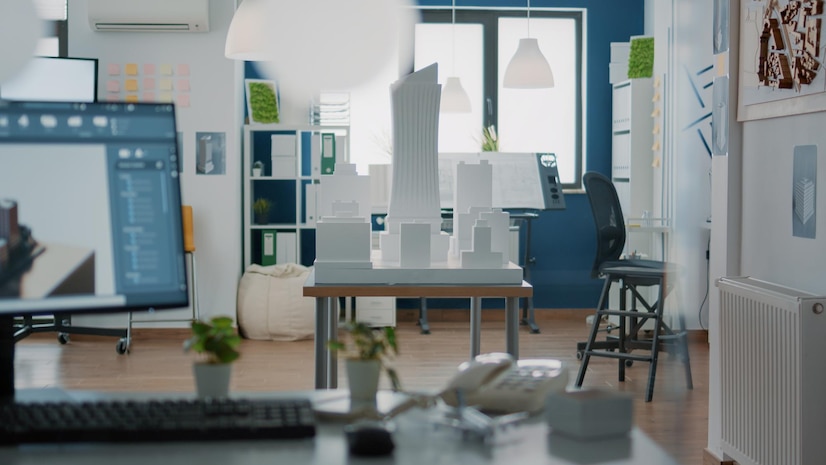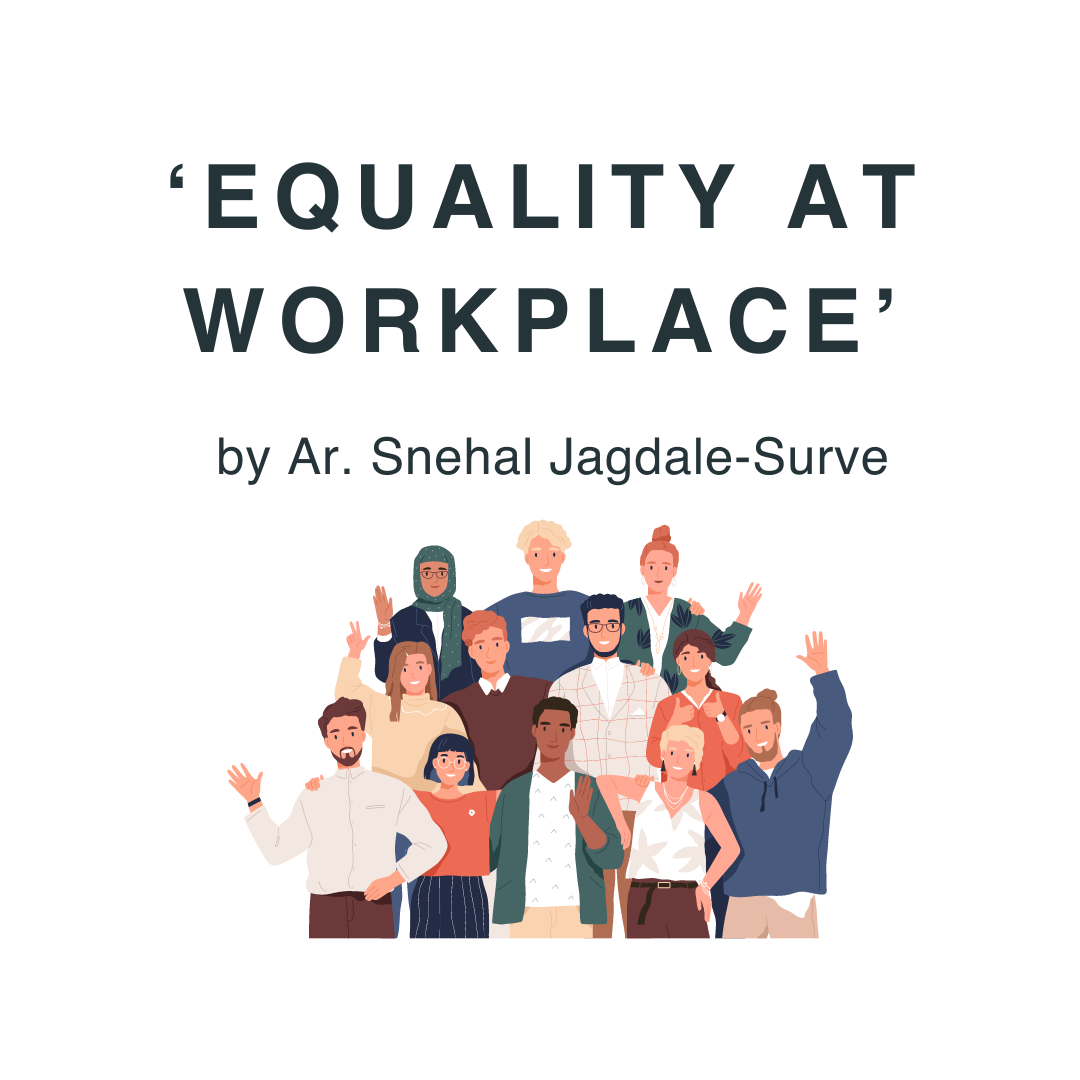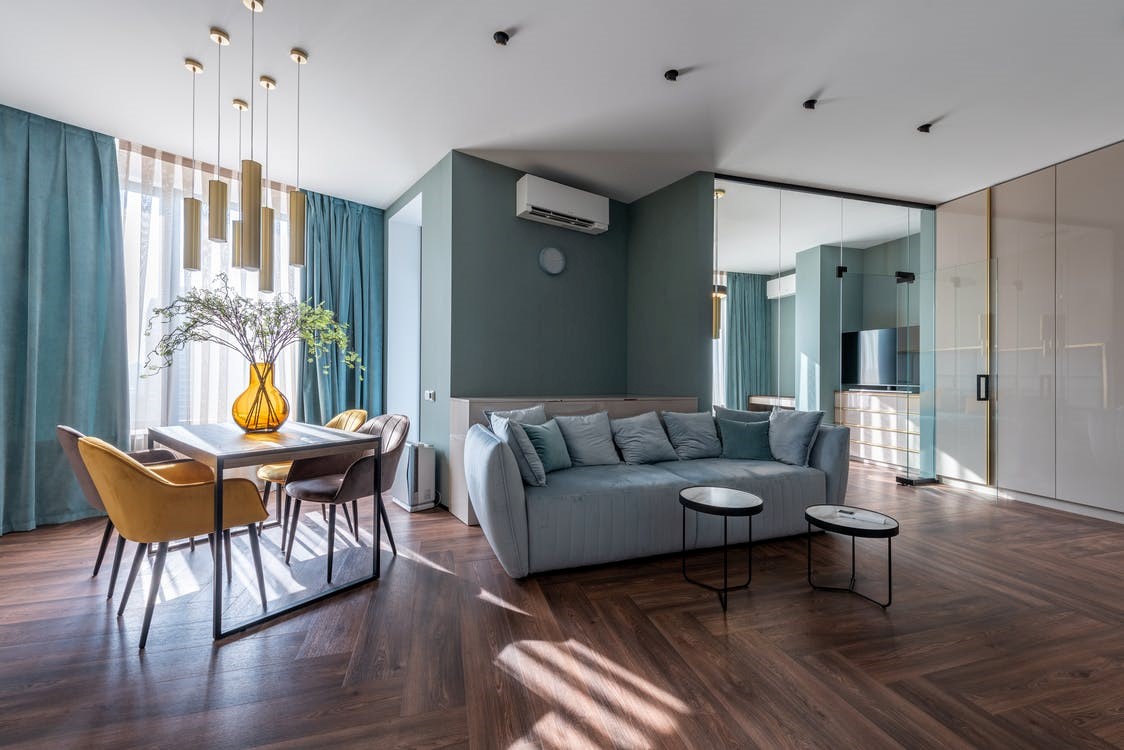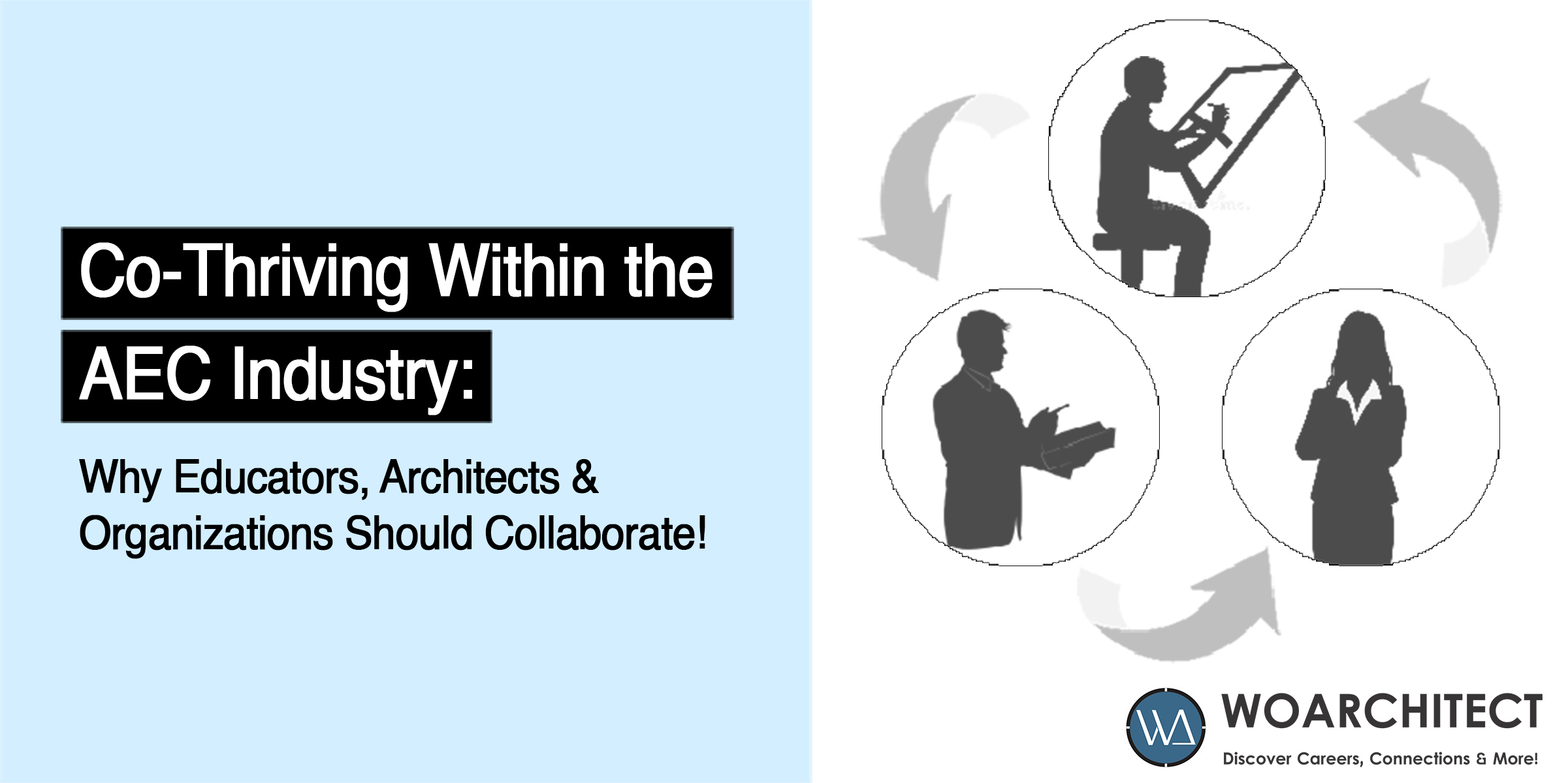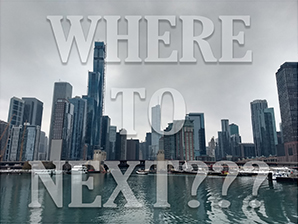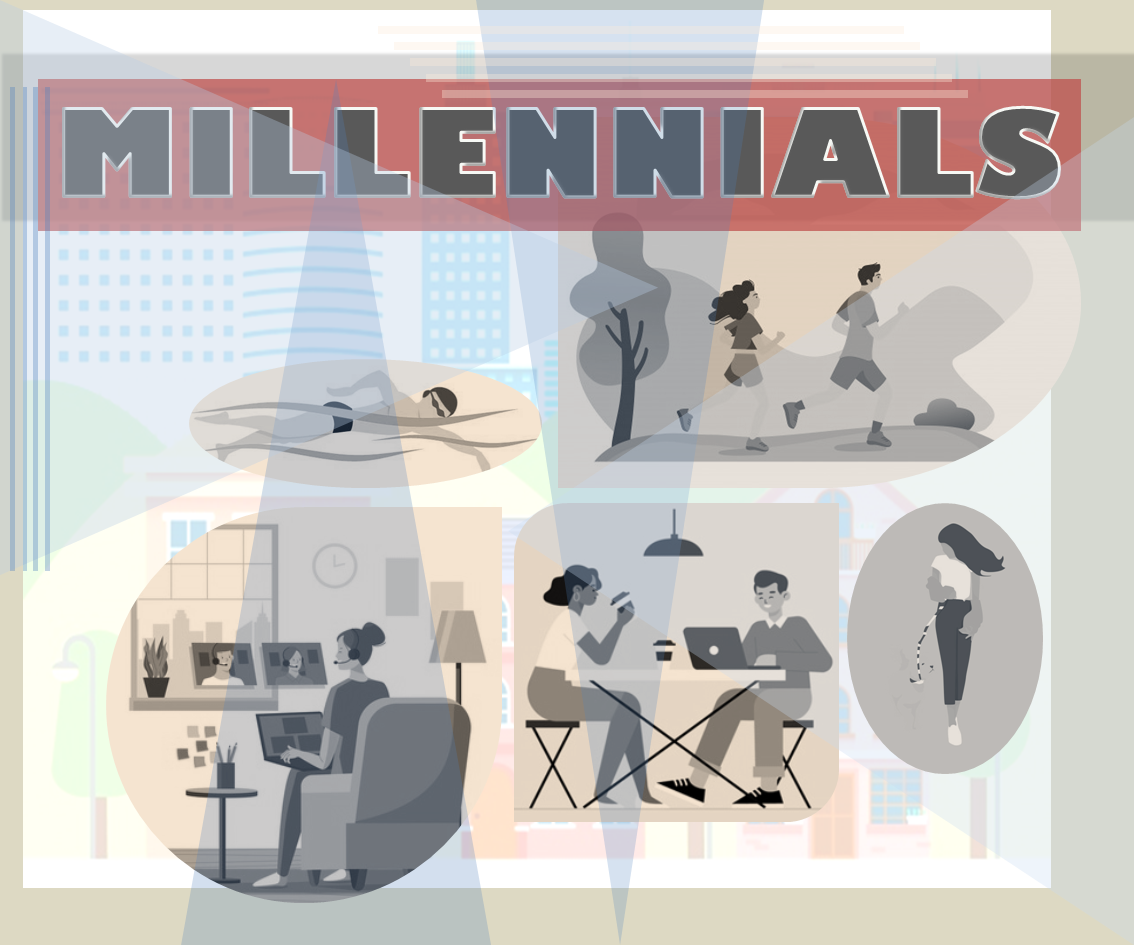
The Millennial Milieu
For the last decade, a constant battle of lifestyle choices between baby boomer and millennial generations has been going on. The stereotypes that float about millennials are that in spite of economic downturn, millennials lead extravagant lives with dining out, luxury cars, exotic holidays and long weekends dedicated to unwinding. But do these claims stand true or is it a case of two generations raised in polar opposite environments trying to find common ground? The past few years have seen significant impact of millennial generation on the hotel, food and entertainment industry. Since architecture has always been a reflection of its time and with the highest percentage of employed population comprising of millennials, the built environment around them is bound to evolve. So what transformation do we foresee in architecture in the next two-three years?
Let’s take a step back to understand all that has impacted the behavioral development of a millennial. The last twenty years have seen drastic changes, be it the dot com boom, the great recession, volatile markets, environmental degradation and rapid globalisation. Since millennials have witnessed all of these in their formative years, it has made them more prepared and adaptable to change. To survive in a volatile job market, the millennial generation is not rooted to one place but is ready to move if a better opportunity presents itself. Millennials invest in experiences more than worldly possessions. This is also a generation which is socially connected to the virtual and well as the real world. In 2008-2009, around the time of the great recession, the concept of a “sharing economy” originated. Due to economic instability, a socio-economic system originated where facilitators provide a peer to peer model for sharing of underutilized goods and services. In came Uber, Flipkart, Airbnb and the ease of commuting, buying, and travelling in an economical fashion encouraged millennials to come up with such options on a personal level as well. For shared mobility, many people, especially in metropolitan cities are opting for car-pooling. Millennials are increasingly becoming more environmentally friendly and about 75% of the generation is actively moving towards sustainable living. Be it public transport, buying habits, healthier lifestyle, millennials are willing to make the switch even at the cost of spending more to invest in sustainable options (in spite of being a lower-earning generation as compared to Baby Boomers or Gen Xers).
Now, as to the transformation we see in architecture, it is monumental in terms of adopting new technology and construction materials. The facet of built environment has evolved drastically over the last two decades. But minimal variations are seen with regard to utility and function of spaces. Designers are still mass producing the tried and tested formula of guest receiving area, formal dining, guest bedroom and family area. But with the predicted figure of 75% of workforce being millennials by 2025, what change would the new generation of homeowners like to see in the residential sector?
On the report of a survey conducted by Knight Frank in five metropolitan cities, over 55% of millennials (aged between 24 to 35 years) are willing to rent co-living spaces. Why? Aftermath of economic downturn in addition to high student loans has made this generation more utilitarian and this has started the minimalist wave. Millennials would prefer convenient location and amenities over unit space. With shared spaces like kitchen and drawing room in the living quarters, co-living offers privacy in living arrangements while encouraging social connection. There are many co-living operators like StayAbode, Zolostays, Nestaway, CoHo, OwnYourRoom, StanzaLiving who provide affordable spaces without the hassle of dealing with brokers and conditions of homeowners.
Even the homeowners of this generation are looking for more than the BHK formula that is being adopted in all upcoming projects. With a desire to customise their home to be an extension of their personality, millennials prefer studio apartments with flexibility to allot spaces to different activities that resonate with their lifestyle and preferences. While baby boomers and to an extent Gen Xers, who grew up in joint families were giving precedence to drawing rooms to host relatives and friends, millennials would rather set up a home office or a pool table in the living area. A nursery which can be converted to the kid’s room is not one of the priorities of this generation. Millennials, known to marry late are a generation who are living away from their family and home; which is why they feel a need to create a connection with their surroundings that supports a balance between their personal and social identities. As per a survey conducted by Statista, population of pet dogs in India has increased from 12.58 million in 2014 to 21.42 million in 2019 and is estimated to reach the figure of 31.41 million by 2023. With increase in number of pet animals especially among millennials, common amenities such as dog wash/ dry room and a niche in kitchen for pet food would be much more appreciated. Millennials grew up with technology and thus they prioritise smart homes more than any other generation. A recent survey conducted by Wakefield Research has shown that 86% of millennials are willing to pay more for a home or rental property if they have smart home technology. Be it smart security system to check on their pets or kids or for opening the door for trusted friends or the help while sitting in their offices. Millennials want to ensure their security and have control over all the aspects of their homes. With hectic lifestyles and less time to devote to household chores, millennials invest in luxury kitchens and multipurpose furniture. From automatic washing machines to dish washers, sofa cum beds or ottomans that can be doubled as extra storage, millennials are all for low maintenance homes.
When millennials are house-hunting, they don’t only look for a house, they look for an environment. They would look for every aspect of their life and how their living environment can aid their lifestyle. One thing millennials are known for is to be extremely health conscious. However busy they get, most millennials living in metropolitan cities would dedicate time for working out. This challenges the designers to design amenities which not only fulfill the need of the user but also promote good habits by setting a precedent for the occupants. For example, many youngsters would like to ride a bike to nearby localities or grocery shops, hitting two birds with one stone; exercising while doing their chores. To encourage this practice, designers can incorporate bike sheds and bike wash areas in the building amenities. We all know that in metropolitan cities, social life is greatly hindered due to traffic congestion and the fear of losing more hours stuck in traffic discourages people to make social calls. As designers we can come up with creative ways to promote social exchanges by community driven designing. If we think of buildings not as personal dwellings for individuals but a collective home for all occupants, we’ll be able to design better. An entrance with a café or open promenade, to chat and unwind with other fellow occupants. Community gardens, swimming pools and gyms; common amenities like these are greatly valued by millennials as this provides them an environment to dedicate time to their fitness, have social exchanges without losing time in traffic.
Last four-five years have been revolutionary for office architecture. The millennials have set new standards for their work environment and having a casual and more homely office space is becoming more popular day by day. Due to the recent pandemic, work from home became the norm and from studying the trends, it seems the norm is here to stay. So how do we revolutionise this culture of telecommuting model of working? With work from home being the new normal, many people showed pleasure about time saving by avoiding commute time. At the same time, many complain that work from home is throwing off work life balance. If we want to adopt this work model of stationless offices, we have to better equip the residential design. For example, FFKR Architects, recognising this need are providing several breakout conference rooms in their apartment building designs, so that occupants can tele-communicate within their buildings but outside their apartments. The space can also provide a more formal space to hold client meetings and working with other occupants can provide the work environment necessary to concentrate.
Concluding, if we look about the globe, there are many designers who are acknowledging the changing needs of millennials and are coming up with creative solutions to serve them. But just attending to the needs of the millennials is not enough. As Winston Chruchill once said,
“There is no doubt whatever about the influence of architecture and structure upon human character and action. We make our buildings and afterwards they make us. They regulate the course of our lives.”
As designers in these changing times, the responsibility on us is much bigger. What designers come up to shape the generation would be interesting to see. Hopefully, we can be the trendsetters and trailblazers to make our community better prepared to face and adopt the new normal.
Reference
1. Kasey Bradley. 8 Trendy Ways Millennials are Changing Home Design. chelseakrost.com[online] 2019. Available from: doi: 29.07.2019 [Accessed: 11thJanuary 2021].
2. Mallika Bhagat. Co-Living isbooming and millennials are to be thanked. timesofindia.indiatimes.com[online] 2020. Available from: doi: 31.01.2020 [Accessed: 15thJanuary 2021].
3. Ankit Sharma. Over 70% millennial willing to consider co-living spaces in top cities: Survey. realty.economictimes.indiatimes.com[online] 2018. Available from: doi: 27.12.2018 [Accessed: 14thJanuary 2021].
4. Nico Lopez [TMD Studio Ltd.]. GenY; Millennials in Architecture. medium.com[online] 2017. Available from: doi: 02.04.2017 [Accessed: 14thJanuary 2021].
5. ET Spotlight. Millennial Lifestyle:Decoding the choices made by millennials and the reasons behind it. economictimes.indiatimes.com [online]2019. Available from: doi: 21.05.2019 [Accessed: 14th January 2021].
6. Katherine Timmerman. Millennialsand Home. diginole.lib.fsu.edu[Thesis] 2015. Available from: doi: 24.06.2015 [Accessed: 14thJanuary 2021].
7. Vivint. Millennials Want Smart Home Tech More Than Anyone. vivint.com [online] 2018. Available from: doi: 23.08.2018 [Accessed: 14thJanuary 2021].
8. Larry Alton. Millennials Willing to Pay 20% More Per Month for Smart Home Technology. www.techzone360.com [online] 2017. Available from: doi:02.10.2017 [Accessed: 13th January 2021].
9. Larry Curtis [FFKR Architects]. The Millennial Influence on Our Living Environments: A Case Study. www.ffkr.com [online] 2017. Available from: doi: 02.10.2017 [Accessed: 13th January 2021].
10. David ‘Lola Majekodunmi. The Role of Architecture in Shaping Human Behaviour. Covenant University [E-print].[Accessed: 13th January 2021].
About the Author:
Ar. Ajanta Dube is an Architect, Interior designer, Writer and Co-founder of The Design Charrette, a leading architectural firm in India. Ajanta is passionate about sustainable architecture and is an IGBC Accredited Professional. She has worked in both corporate and in individual practice and has been a part of 70+ big and small projects. She has a keen interest in photography, poetry and creative writing.
Instagram handle: ajanta.dube
LinkedIn: https://www.linkedin.com/in/ajanta-dube-771aa892/

